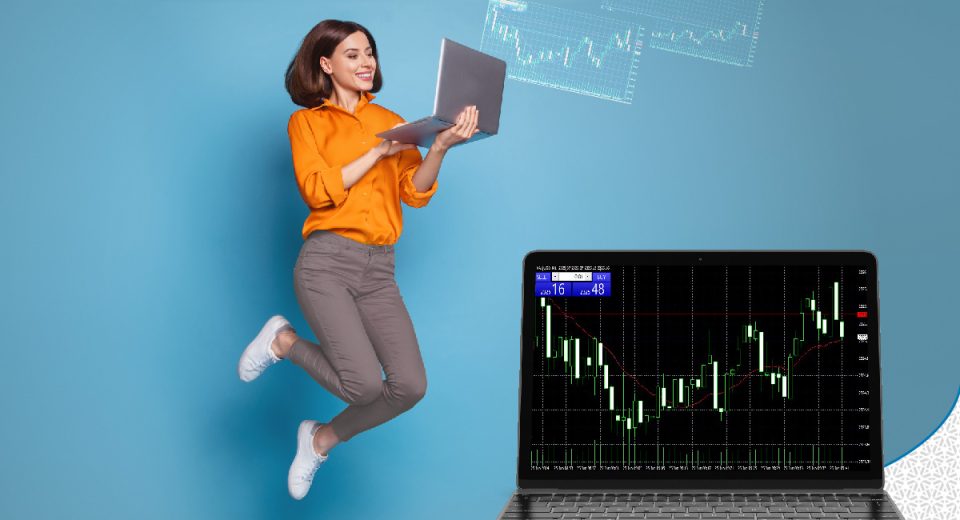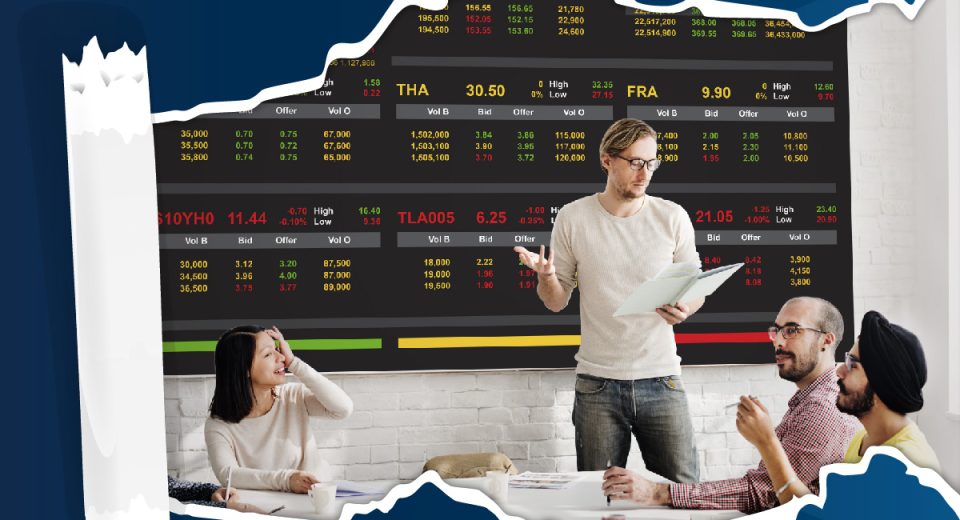How Does a Mining Rig Work?

Getting your head around the concept of digital currencies is one thing. Understanding the whole mining process is another. While the crypto world may seem somewhat complicated, it’s actually very interesting, so let’s delve further into crypto mining, transaction validation and why the blockchain is considered to be a secure public ledger.
Knowing the Basics
Before delving into more complicated matters, it’s essential to know the basics. Firstly, mining is the process of adding crypto transactions to the blockchain. A mining ‘rig’ is a casual term for a single computer system with mining capabilities. At any given time, computers across the world are driving the mining process.
Why are Bitcoins Mined?
Unlike paper money, bitcoin has no central government to decide when to print and distribute the currency. Instead, miners use very clever software to solve complicated math problems and are rewarded a certain number of bitcoins in exchange. Therefore, mining not only offers a smart way for bitcoins to be created and issued, but it also provides an incentive for people to mine.
According to bitcoin protocol, a maximum of 21 million bitcoins can be generated. To ensure the number does not exceed this limit, the number of bitcoins released halves every four years.
So, who can mine for bitcoins? The answer is anyone who has access to the internet and suitable hardware for crypto puzzle solving. But what kind of a puzzle is it and how difficult is it?
The difficulty level of the blockchain puzzle depends on how much effort is being put into mining across the entire network. If more people are mining or are using more computational power to mine, the difficulty level automatically becomes higher to make mining harder. Similarly, if there are fewer people trying to solve the puzzle, the difficulty level gets reduced and makes mining easier.
Bitcoin Mining Process
In addition to generating new coins, bitcoin mining creates the blockchain that verifies all bitcoin transactions. Every few minutes, mining computers collect bitcoin transactions into blocks and create a complicated mathematical puzzle which must be solved before the block can be added to the ledger. The miner who finds the answer receives a bitcoin reward of 25 tokens. All answers are verified by other miners. The method used to verify a miner’s work and validate block transactions is known as Proof of Work.
There’s a lot to get your head round when it comes to mining, but here are some of the most essential phrases and concepts:
Nodes
A lot of technology is needed to maintain the infrastructure of blockchain. As well as miners processing and verifying transactions, nodes are used for transaction and block confirmations. Indeed 51% of bitcoin nodes are required to validate a block. While those with the relevant software can run a node, the process uses a lot of energy and storage space.
Puzzle solving
Puzzle solving in the crypto landscape takes a lot of trial and error. It’s impossible for miners to predict the output and therefore miners go head-to-head trying to discover the mystery number in a competitive fashion. The one who gets an answer within the desired range first is the winner. This means all the other miners need to stop working on that particular block and look to find the mystery number for another block.
Computational Power
Initially, normal desktops were adequate to carry out bitcoin mining, but recent years have seen the emergence of graphics cards or Graphics Processing Units (GPUs) as an effective means of mining. This was followed by the introduction of Application Specific Integrated Circuits or ASIC for mining of bitcoins. The major reason for the shift from CPUs to GPUs and then to ASICs is the reduced cost of energy consumption.
To conclude, bitcoin mining is the process of generating new coins as well as validating all transactions that occur within the network. It requires some basic hardware, along with a lot of processing power, to solve the puzzle and emerge the winner of a new block.
Disclaimer
If you liked this educational article please consult our Risk Disclosure Notice before starting to trade. Trading leveraged products involves a high level of risk. You may lose more than your invested capital.




